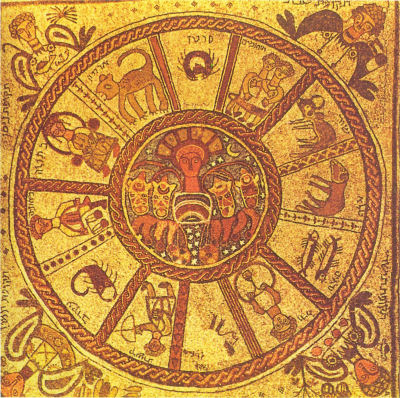

This website provides a calendar converter for converting Hebrew calendar dates into the Western (Roman-Christian) calendar and vice-versa.
The Hebrew calendar is a rule-based lunisolar calendar which closely follows the lunar phases. Originally, the start of each month was determined by the first sighting of the young lunar crescent shortly after sunset close to the western horizon but the modern Hebrew calendar is based on strict mathematical rules first described in detail by the Jewish philosopher Maimonides (Moshe ben Maimon or Rambam; 1135-1204 CE) in the calendrical chapters of his influential Misneh Torah.
According to tradition, the rule-based Hebrew calendar was introduced in Anno Mundi (AM) 4118 (= 357/58 CE) by Hillel II. However, textual evidence indicates that at least up to the 10th century CE geographically separated Jewish communities observed slightly different postponement rules for fixing the New Year’s Day (1 Tishri, Rosh haShanah).
The now commonly adopted system of numbering the years from the creation of the world (Anno Mundi), supposed to correspond with 7 October 3761 BCE, is first attested in the Babylonian Talmud (Avodah Zarah 9b, Sanhedrin 97b).
In earlier texts it is common to count the years according to the Seleucid Era (known as the “Era of Contracts” or “Era of Documents”), corresponding with 312/311 BCE, or in years after the destruction of the Temple in Jerusalem in 70 CE (known as the “Era of Destruction”).
N.B. Hebrew words on this website are currently romanized according to different systems found in the literature – in the near future I hope to bring them in line with the system adopted in the Encyclopaedia Judaica (second edition, 2007).